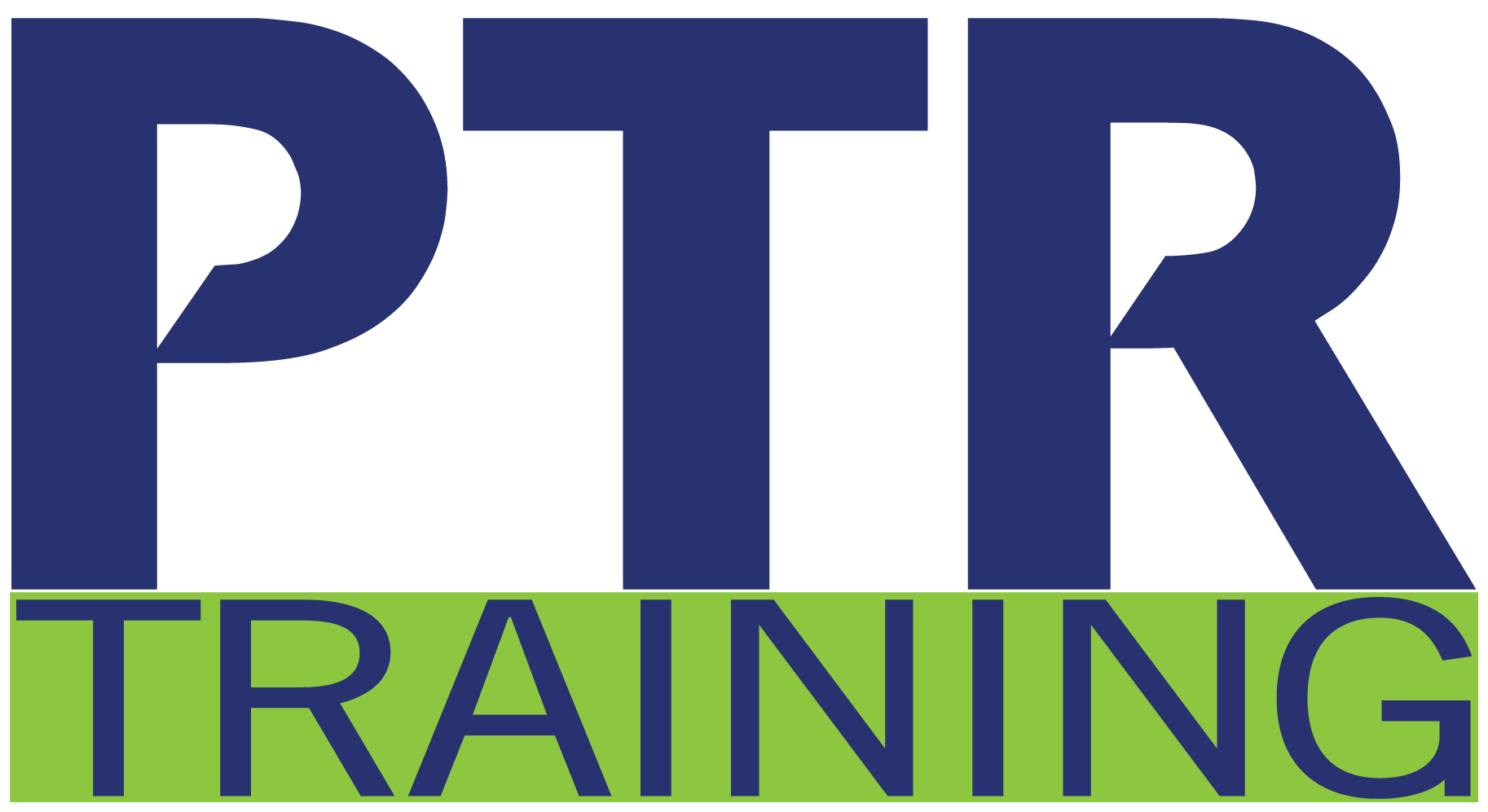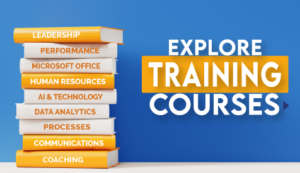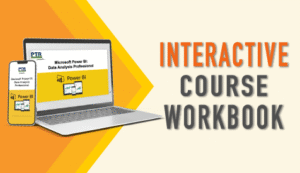This course provides an opportunity for senior managers and executives to review current research in emotional intelligence and identify its importance in the workplace. Emotional Intelligence, emotional agility, and leadership agility are cutting-edge approaches for top-level leaders. We will teach you how to apply each to build a stronger, more productive work staff.
Learning Objectives »
- Identify the impact of emotional intelligence on job performance.
- Identify strategies to improve emotional intelligence.
- Develop strategies to leverage emotional intelligence for sustaining leadership agility.
Course Agenda
Understanding EQ
- Understanding EQ
- What Is Emotional Intelligence?
- Four Skills of EQ
- Main Source of Emotions
- Human Communication for the Digital Age
EQ Self-Assessment Analysis
- Self-Awareness
- Your Emotional Map
- Strengths and Areas for Improvement
- Neural Pathways
- Stay Grounded in Stressful Moments
EQ Application
- Build Trust and Influence
- Strengthen Relationships
- Use Empathy to Understand Conflict
- Give Difficult Feedback
- Run Powerful Meetings
How to Manage Your Emotional Culture
- Coaching for Emotional Intelligence
- Emotional Outbursts on Your Team
- Beyond Empathy
- Unconscious Bias
Leadership Agility
- Lead with Resilience
- Cultivate Resilience in Tough Times
- Making Smart Decisions
- Emotional Strategy for Negotiations
- Working Across Cultures





